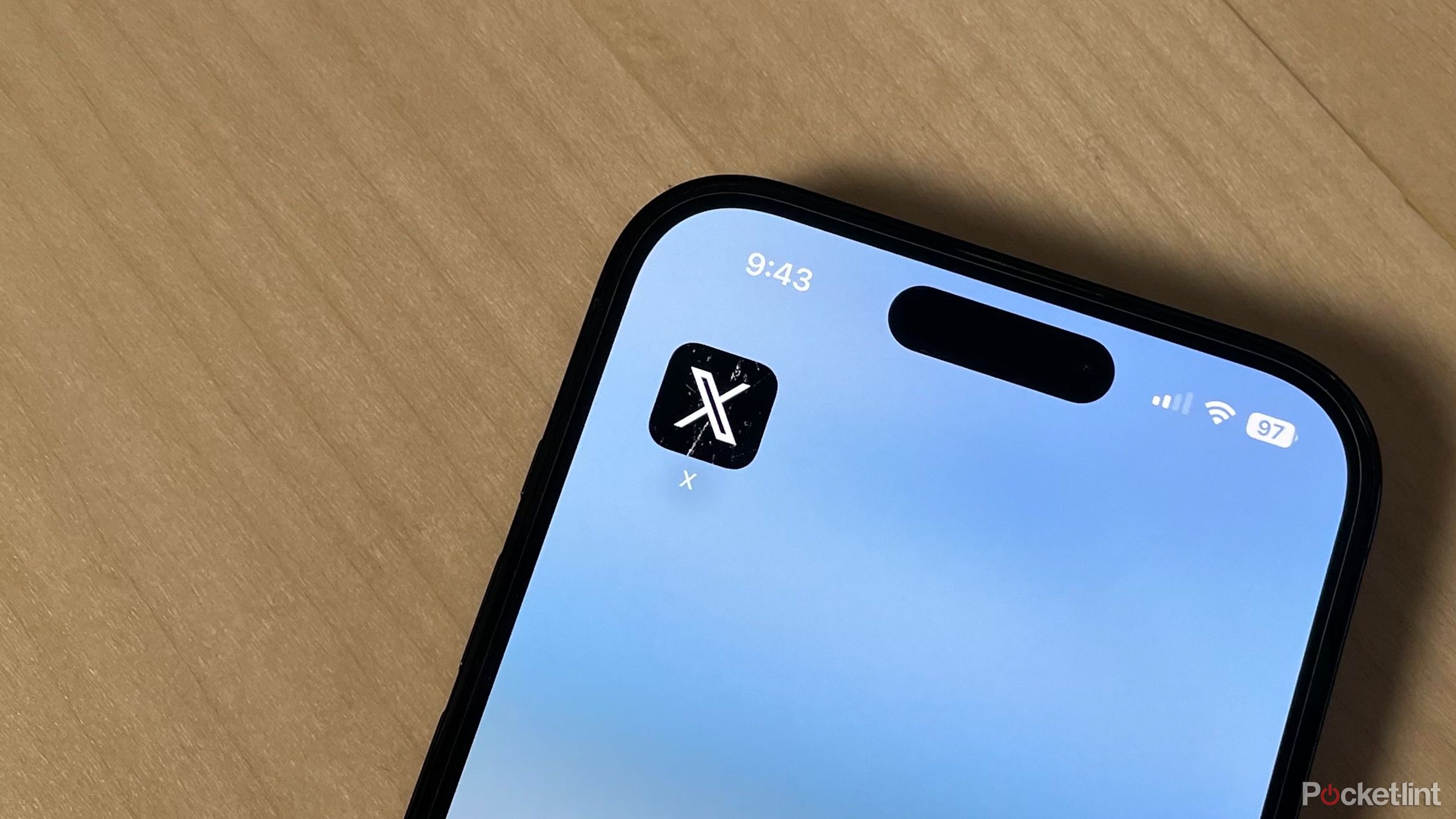Possible Samsung Galaxy S24 Plus benchmark suggests it’s no match for the iPhone 15 Pro
The Samsung Galaxy S24 Plus is sure to be a powerful phone, but it could still trail Apple – and not just the iPhone 15 Pro, which is set to arrive before the Galaxy S24 line, but in some ways even last year’s iPhone 14 Pro.
At least, that’s the impression a Geekbench benchmark gives. This listing – spotted by NotebookCheck – doesn’t mention the Samsung Galaxy S24 Plus by name, but it is for a Samsung phone with a codename that matches what we’re expecting from this handset, and it’s shown to be using the Snapdragon 8 Gen 3 chipset.
That’s as expected, given that the Samsung Galaxy S23 line uses the Snapdragon 8 Gen 2, but the performance isn’t as good as you might have hoped.
The phone achieves a single-core result of 2,233 and a multi-core result of 6,661. For reference, the iPhone 14 Pro has a single-core score of 2,511 and a multi-core result of 6,347 in Geekbench’s iOS benchmark charts, with the iPhone 14 Pro Max achieving similar results.
(Image credit: Geekbench)
Higher is better here, so Apple’s 2022 flagships outperform the Samsung Galaxy S24 Plus in single-core results, but come in slightly lower for multi-core based on this benchmark. Samsung does at least beat the standard iPhone 14 for single-core tasks, but that phone uses an older chipset, so it’s no wonder.
And while Samsung might have Apple’s current top phones beat for multi-core results, these won’t be the top phones by the time the Samsung Galaxy S24 Plus lands, as the iPhone 15 Pro and iPhone 15 Pro Max are expected in September, and they will likely perform much better than the iPhone 14 Pro and Pro Max.
However, these benchmark results are at least a significant upgrade on the Samsung Galaxy S23 Plus, which sits at 1,866 for single-core and 4,945 for multi-core, in Geekbench’s Android benchmark charts.
Now, it’s not unusual for Apple’s phones to outperform even the best Android phones, but a previous leak suggested that the Samsung Galaxy S24’s chipset could beat even the upcoming A17 Bionic that we’re expecting to see in the iPhone 15 Pro and iPhone 15 Pro Max.
This leak added that the Snapdragon 8 Gen 3 would achieve this in part thanks to an extremely fast 3.7GHz primary core. If this benchmark is to be believed though then that’s not to be, with the Snapdragon 8 Gen 3 listed here as having a 3.3GHz primary core, along with three 3.15GHz cores, two 2.96GHz cores, and two 2.27GHz cores.
Things might get better
However, we still might see improvements, even assuming this benchmark is accurate. For one thing, this benchmark will be using pre-release versions of both the chipset and the phone, so both could improve.
For another, it’s not clear whether what we’re seeing here is the standard Snapdragon 8 Gen 3, or an overclocked Snapdragon 8 Gen 3 for Galaxy, as Samsung got access to an overclocked version of the Gen 2 for the Galaxy S23 series.
We’d expect the same again with the S24 line, but since this is an early benchmark it’s possible that the overclocking hasn’t happened yet, especially as a 3.3GHz primary core would be a slight upgrade on the 3.2GHz Snapdragon 8 Gen 2, but no better than the overclocked Snapdragon 8 Gen 2 for Galaxy.
It’s still unlikely that an overclocked version would reach the rumored 3.7GHz, but it could potentially hit 3.4GHz or maybe even 3.5GHz. All of which is to say we’d take this benchmark with a pinch of salt – and whatever happens, the Samsung Galaxy S24 Plus is sure to be plenty powerful.
Chipset aside, this benchmark also mentions 8GB of RAM – which is a match for the Galaxy S23 Plus – and Android 14, which is exactly what we’d expect the Samsung Galaxy S24 Plus to run.
Samsung is likely to announce this phone – alongside the standard Galaxy S24 and the Samsung Galaxy S24 Ultra – in early 2024, so there’s a while to wait yet.
As such, we haven’t heard a huge amount about these phones so far, but from what we have heard the Galaxy S24 Plus might not be all that much different from its predecessor, so this boost in performance – even if it’s less than we’d hoped – could end up being one of the main reasons to upgrade.




